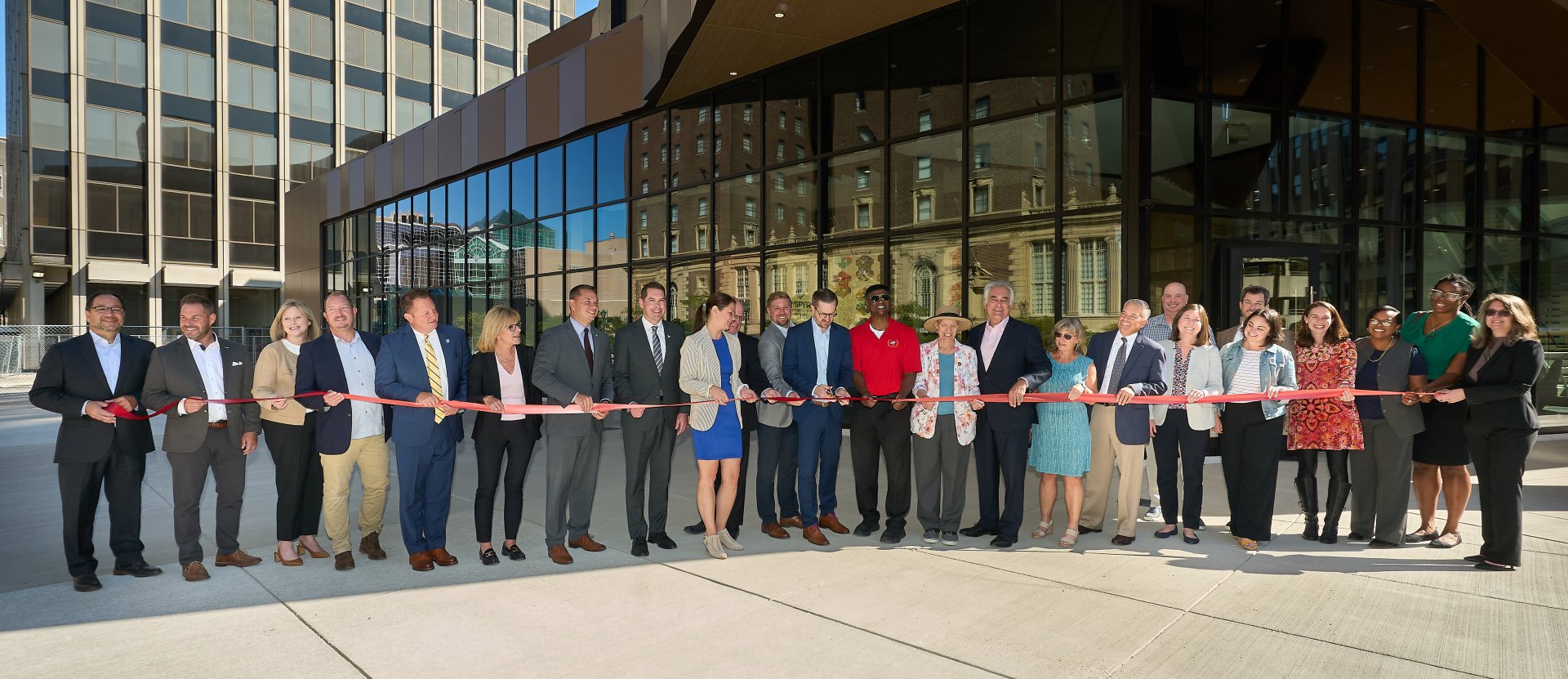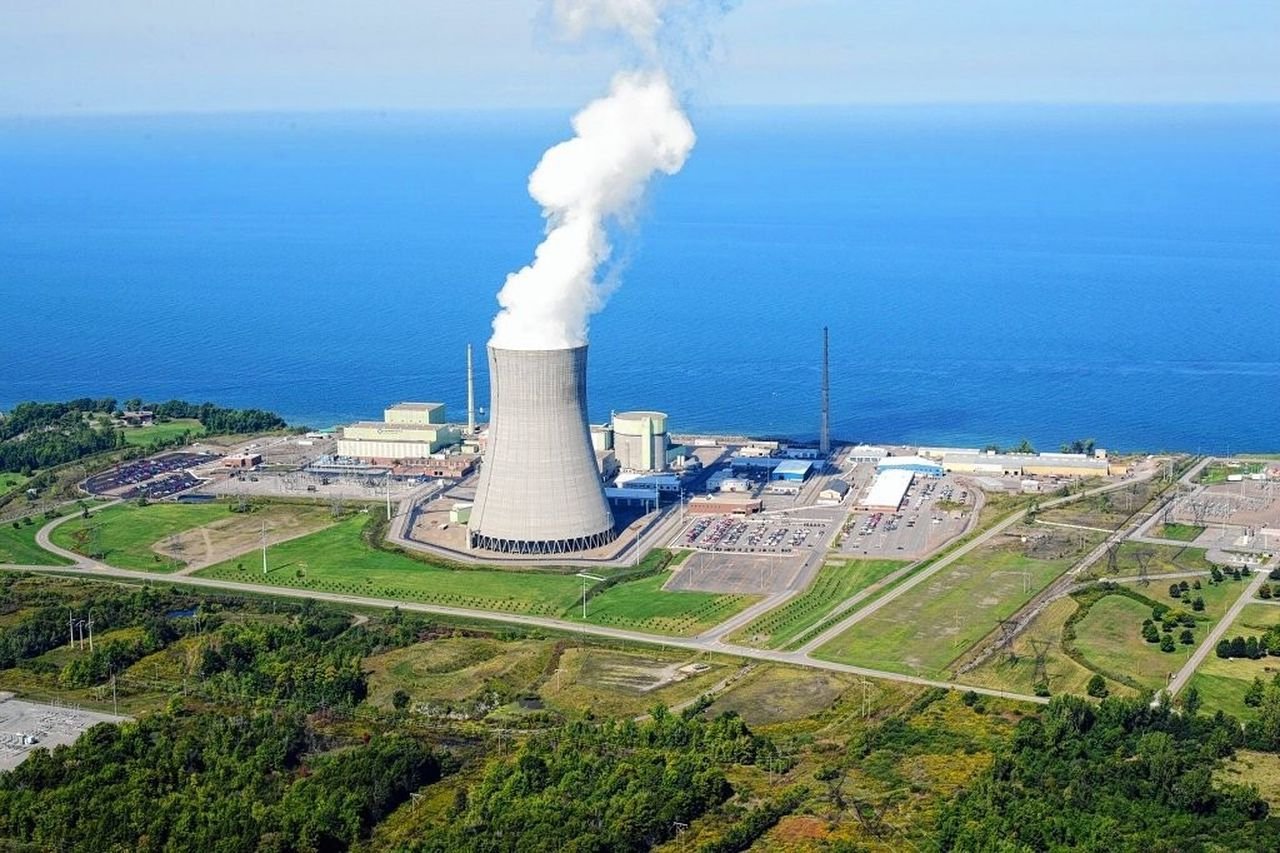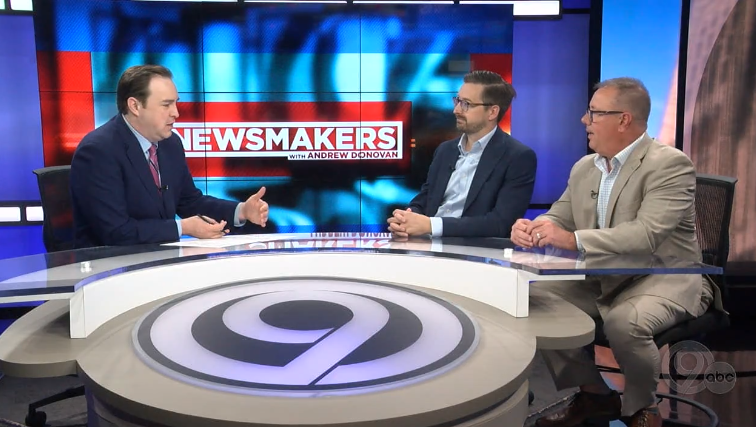Biden's Semiconductor Push has States Jockeying for Billions in Federal Cash with Dreams of the Next Manufacturing Boom
Posted On |
Image
|
WASHINGTON — The global race to make next-generation computer chips has reached Nebraska — and dozens of other states, too.
In the coming months, the government plans to start doling out more than $50 billion for semiconductor manufacturing and research as part of the CHIPS and Science Act signed into law last year. The prospect of that much cash has sparked a scramble among states to pitch themselves as the best place to spark a semiconductor boom.
The CHIPS legislation was designed to help bolster America’s supply chain when it came to the production of computer chips used in everything from coffee makers and cars to pacemakers and missiles. While the measure was primarily centered on addressing national economic and security concerns about the lack of domestic manufacturing, it presents a windfall opportunity for state and local governments.
More than a dozen states have begun pulling together incentive packages with tax credits, zoning changes and cuts to regulatory red tape to lure the limited number of companies looking to expand their chip production in the U.S. are scrambling, according to data from the Semiconductor Industry Association and interviews with industry leaders and officials.
.....
New York state officials spent more than a year in constant talks with semiconductor company Micron before being selected last October as the site for a $20 billion semiconductor campus near Syracuse. Officials there are hoping the project, which could grow to as much as $100 billion, will transform the face of the region, restoring it to its former cutting-edge manufacturing glory.
New York's pitch to Micron touted everything from the large number of engineers graduating from schools within a two-hour radius of Syracuse to the region's power grid, since Micron would have access to power coming from four different regions of the state, including carbon-free power from hydro and nuclear plants.
"There is a sentiment here that Syracuse did miss a piece of the second industrial revolution technology wave. We missed it, many communities missed pieces of it too and the goal here obviously is to figure out how to reconnect to that," said Rob Simpson, CEO of CenterState Corporation for Economic Opportunity, which represents the region's business community.
Other
Media Coverage










